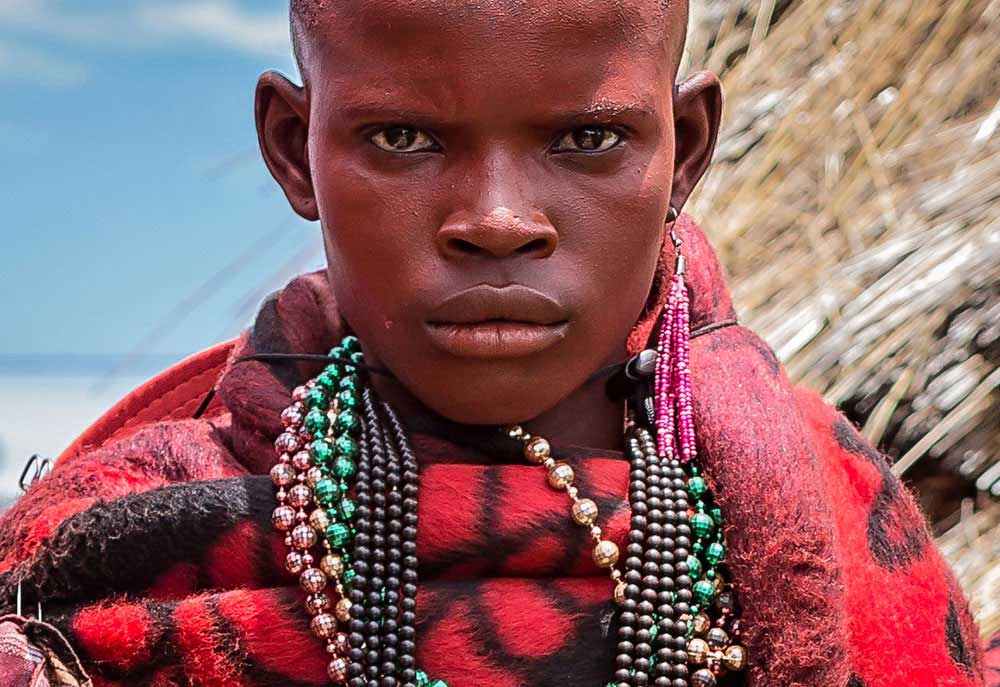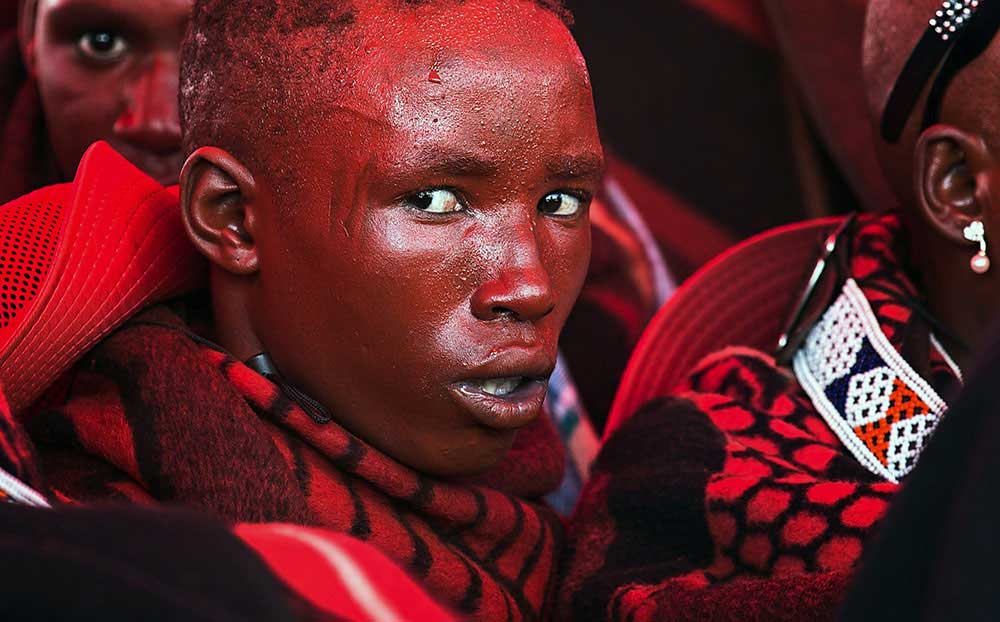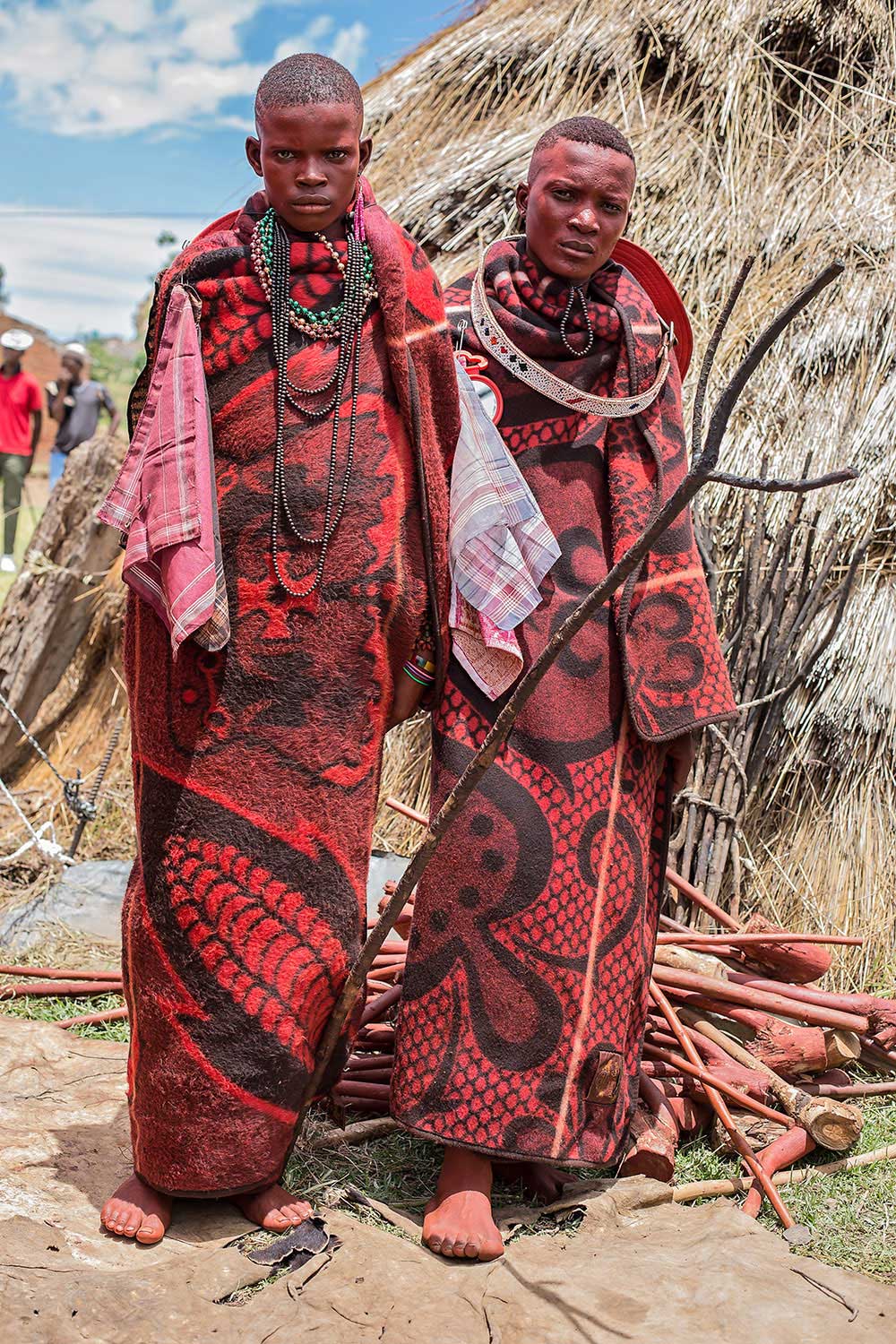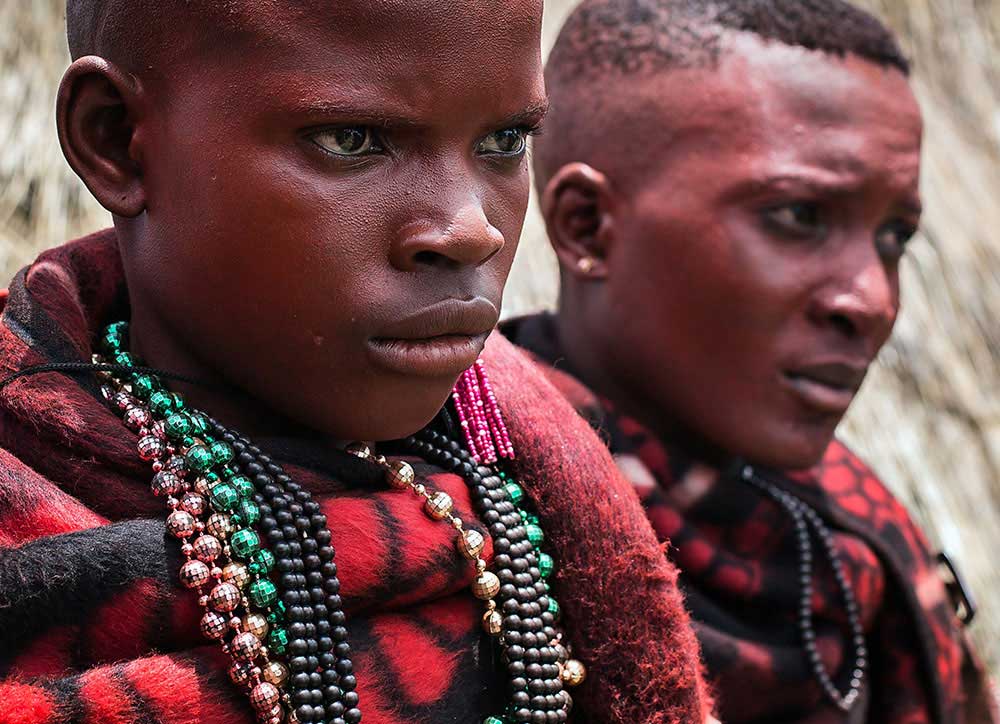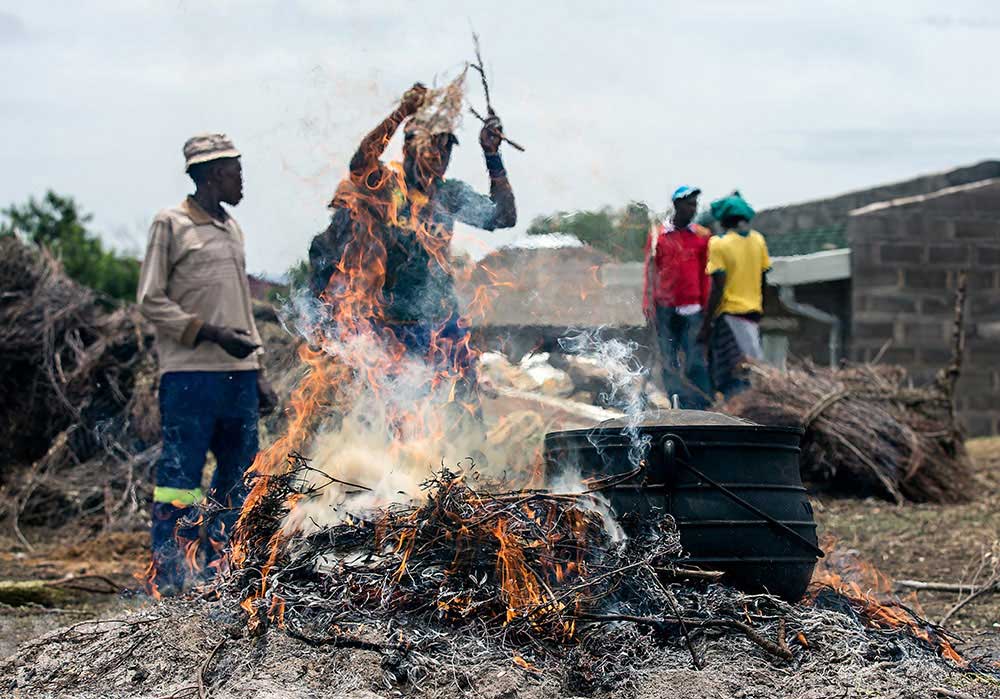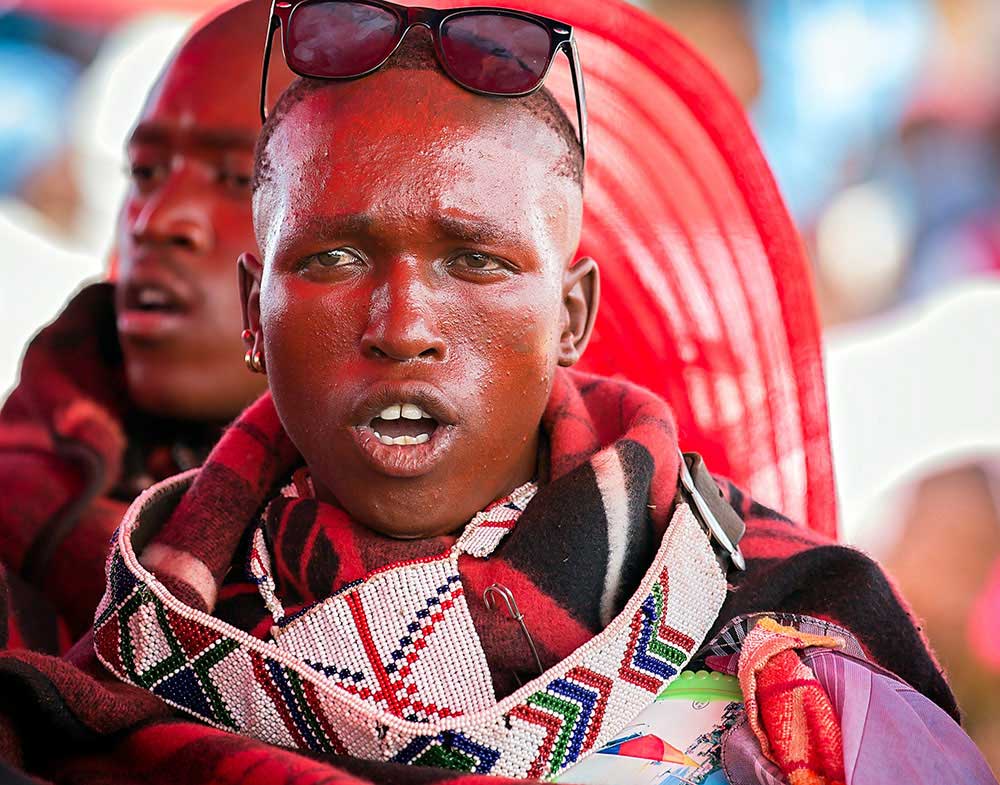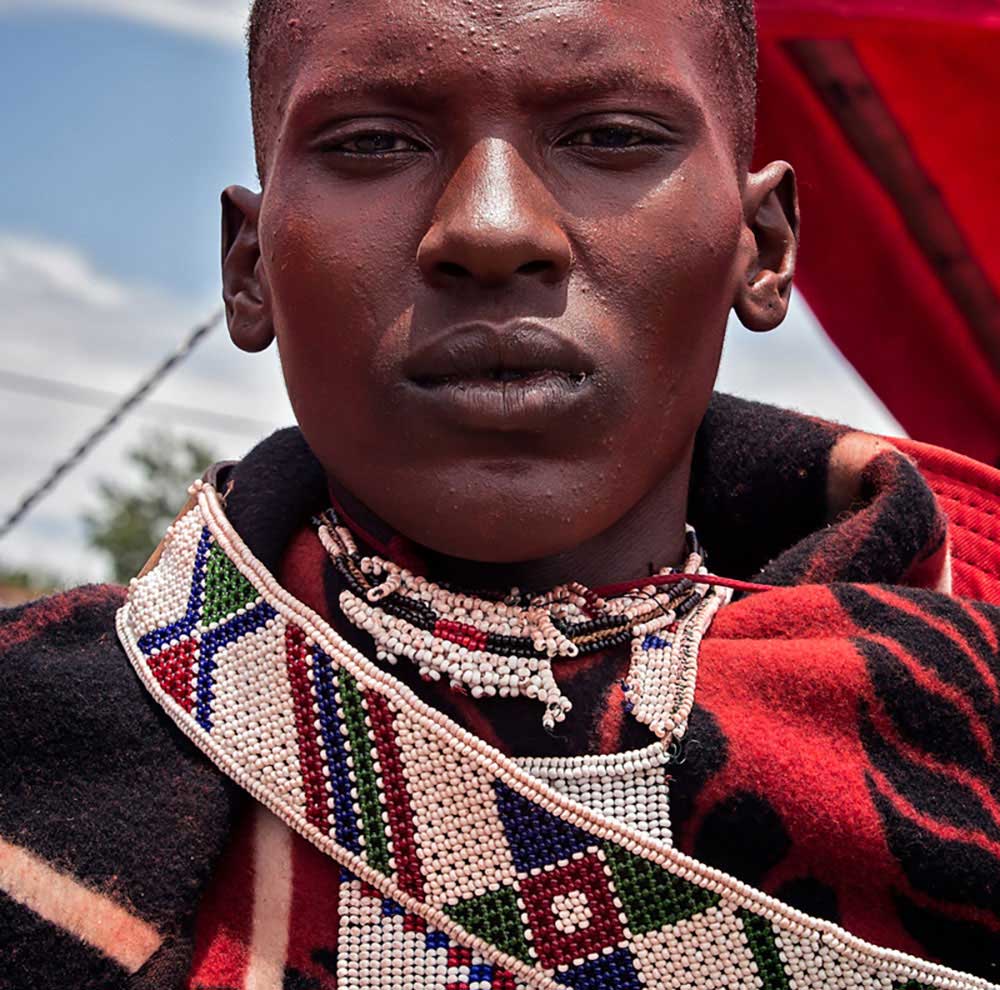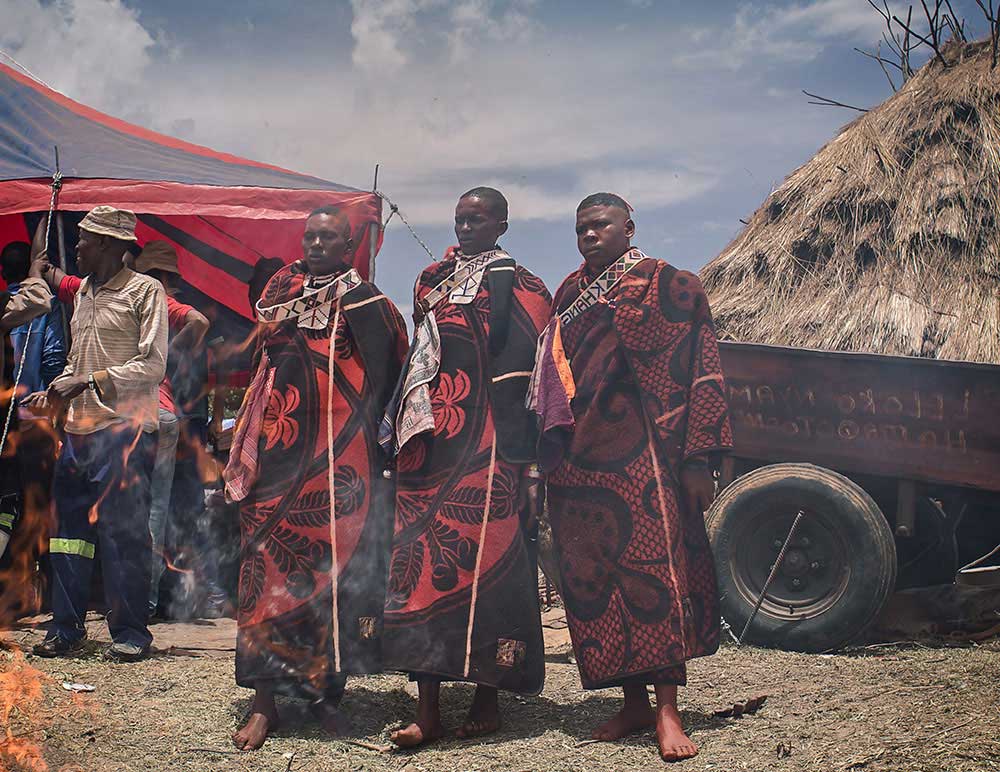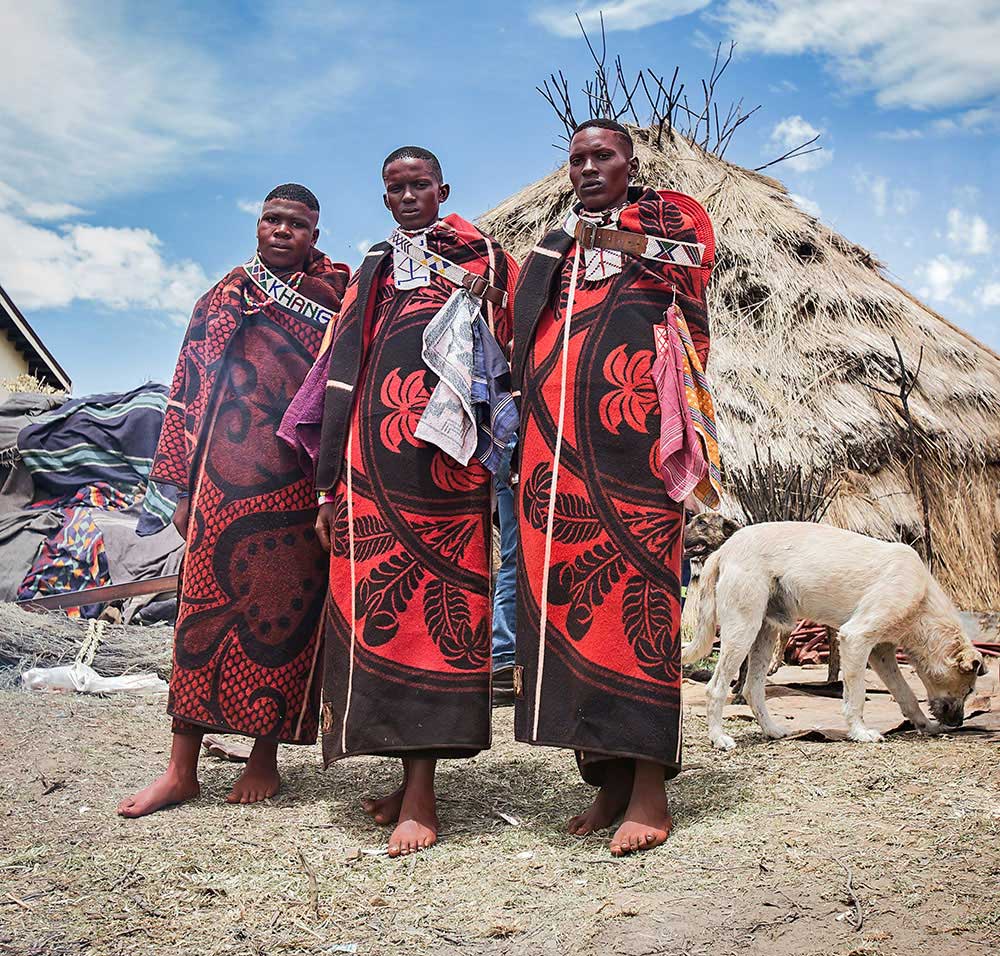Initiation |Lebollo la banna
Initiation or Lebollo la banna is a cultural and traditional practice that the Basotho society follows to construct the manhood identity. It is a rite of passage in the sense that boys or ‘bashemane’ pass the puberty stage and enter the adulthood stage to become men or ‘monna’. Part of the rite of the rite of passage includes a circumcision, learning sacred songs tribal ceremonies. The initiates are tutored on the knowledge of family life and extensive lessons in sexuality.
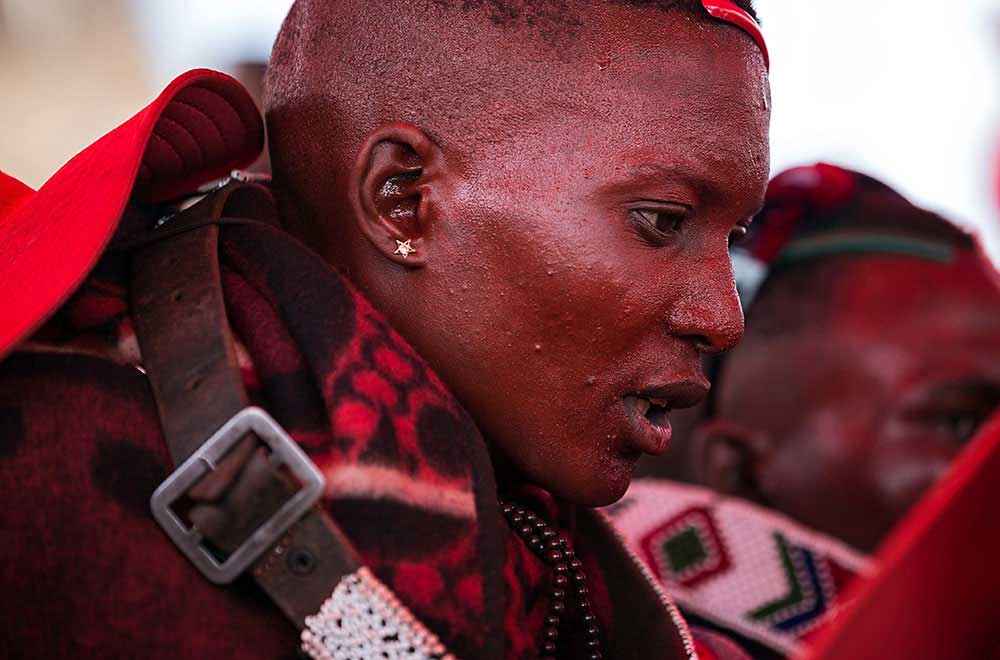
Rites of passage
Traditional initiation schools of the Basotho are conducted over a period of time, (varying from a few weeks to 6 months) in secluded areas away from settlements. The traditional initiation teachers, known as basuwe in Sesotho, are commonly elderly men with substantial economic, political and social standing within Basotho communities. Currently, most of the initiates are between the ages of 12 and 15 with only a few initiated above the age of 15. The boys usually attend the initiation school during the holiday break between primary school and high school.
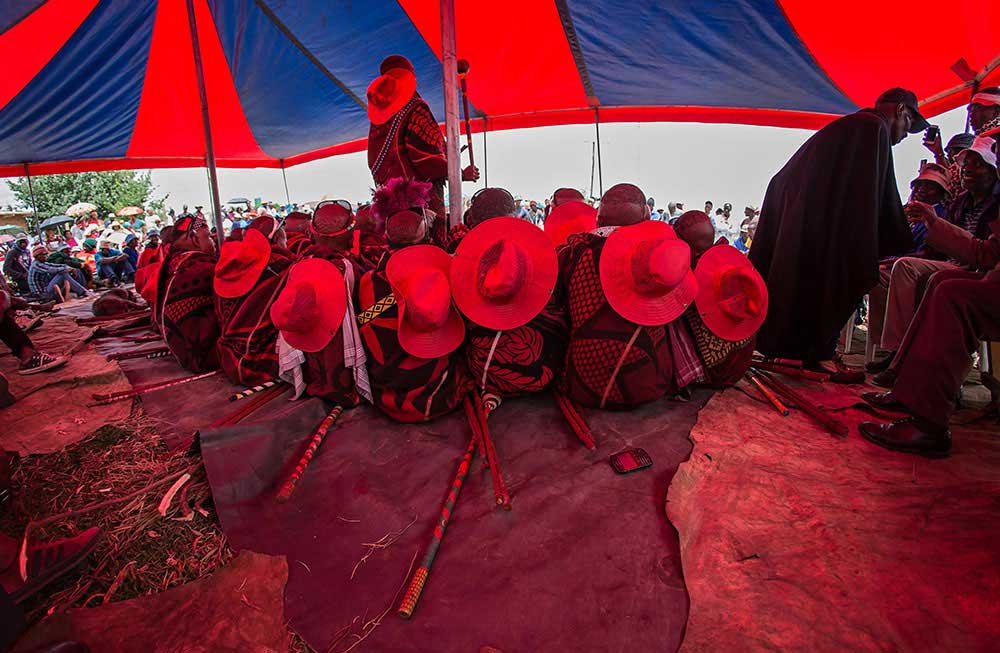
Metamorphosis
The newly initiated, who are seen as ‘men’ by the larger traditional society, are still seen as boys by the formal education system which means that the ‘manhood status’ granted by the ritual is situational. The initiate practice can be classified into 3 stages: the Separation Stage, the Transitional Stage, and the Incorporation Stage. During the Separation Stage, the boys are separated from all social activities and kept in a secluded place where their transition from adolescence into adulthood or from boyhood into manhood takes place.
During the Transitional Stage, the initiates are educated on the social concepts of their identities. After the physical circumcision, the boys’ open wound is dressed with a special plant which aids healing. The initiates rise early each day to perform a variety of tasks, and thereafter undergo a harsh physical regimen. Skills, such as warfare and cattle-raiding are taught and improved. Initiates are also taught to compose praises and songs to their chiefs and to themselves, the proper expression or articulation of which constitutes the important adult (male) quality of eloquence or “bokheleke.
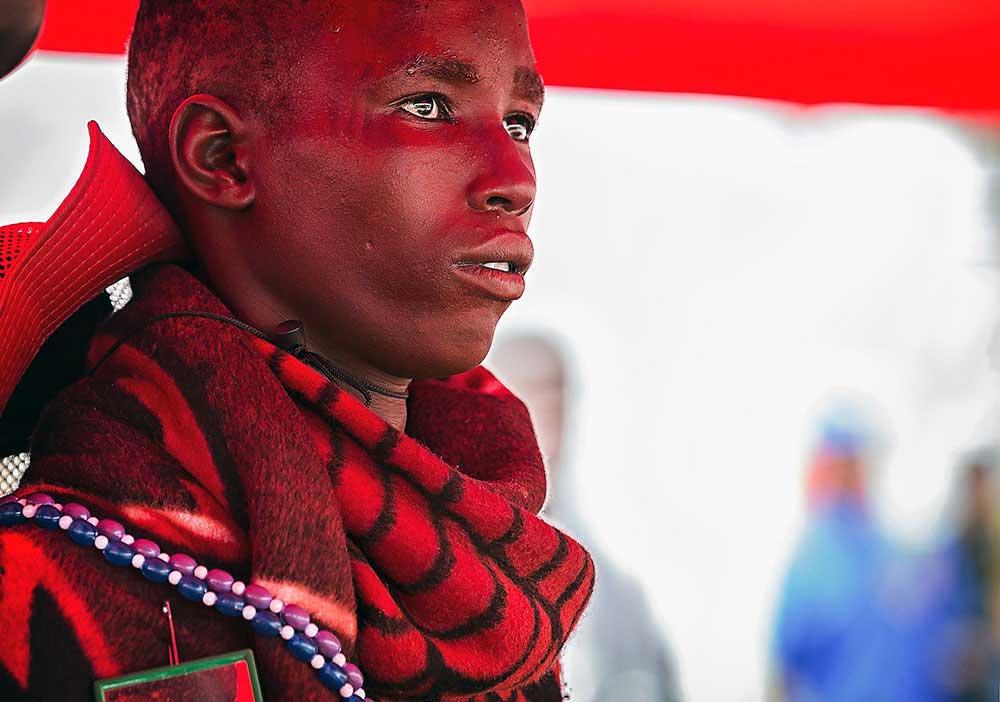
Red Orche and Basotho Blankets
After completion of the training period, the initiates leave all their clothing behind in the lodge, which is then set alight by the instructors. The young men then run ahead without looking back at their childhood, which has symbolically ended with the burning of the lodge. The initiates arrive at their villages smeared with red ochre and covered in their traditional Basotho blankets while surrounded by men and elders, where they are given a new set of clothes.
Links & Sources
Initiation Ceremonies are sacred tradition and as an outsider and female I was not allowed to ask any questions with respect to the ceremony, all information used is sourced from Wikipedia [Official Website]
